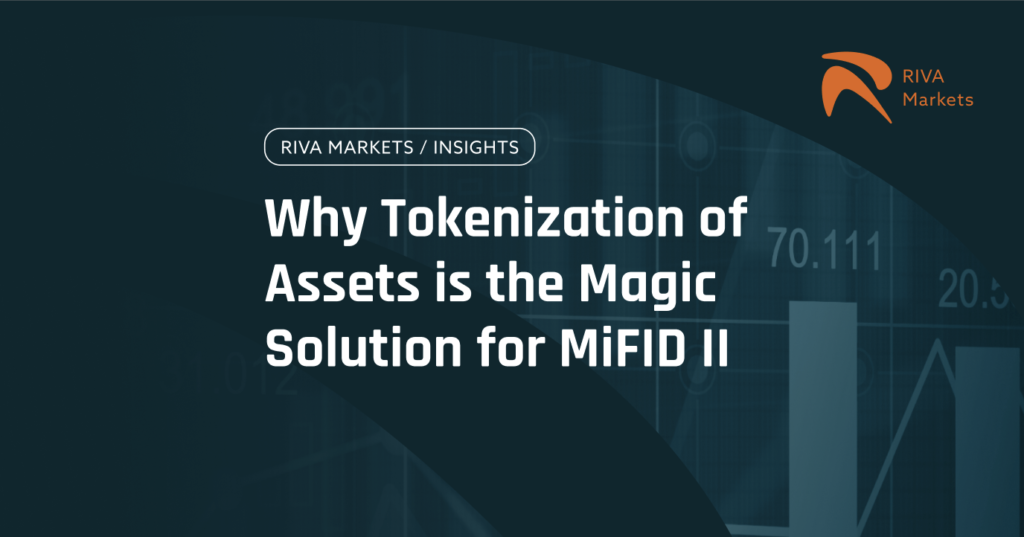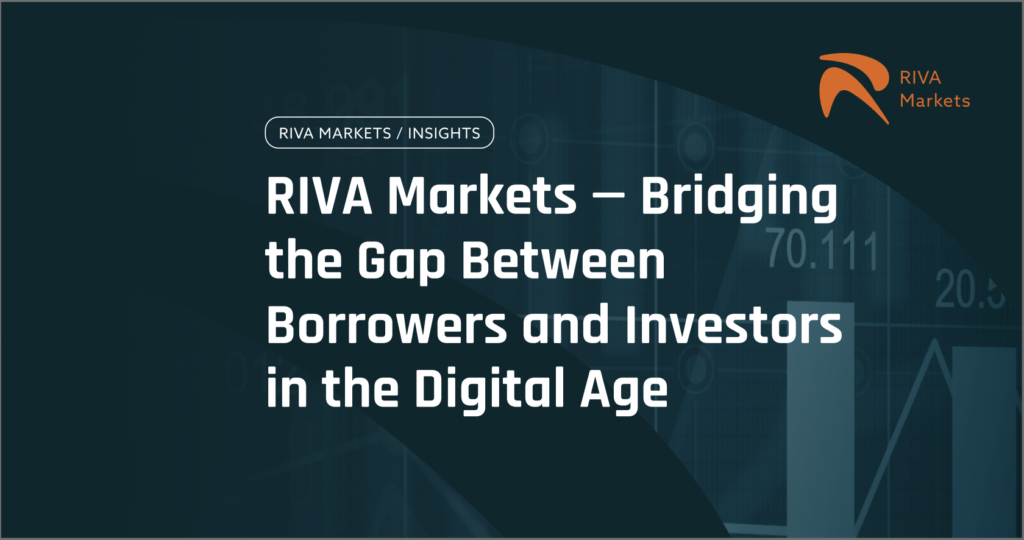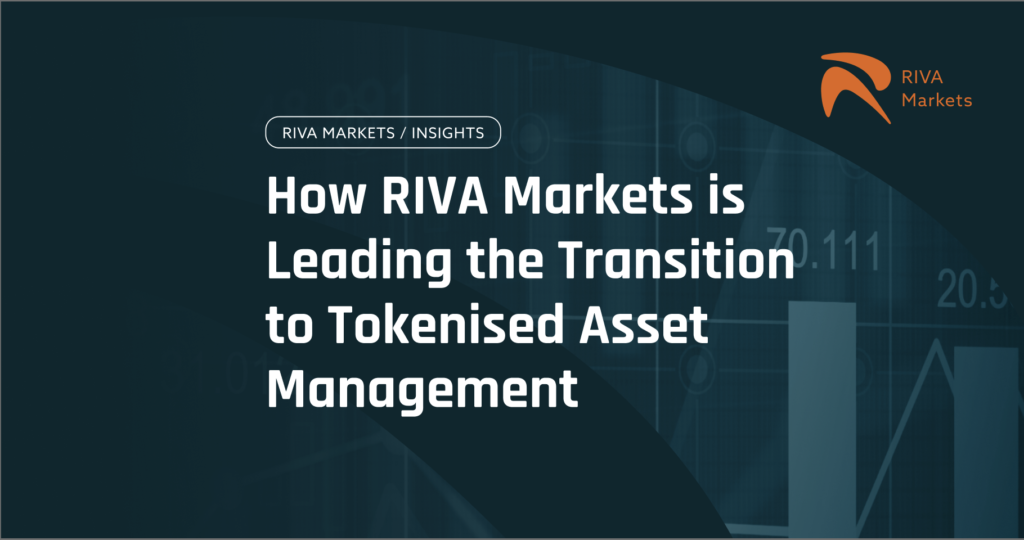
The crypto market in Europe is greatly buzzing about MiCAR (Markets in Crypto-Assets Regulation), which is set to bring much-needed regulatory clarity to digital assets in the EU. However, while MiCAR is important for cryptocurrencies and the crypto asset service providers (CASP), the regulation that truly shapes financial markets and investment products is MiFID II (Markets in Financial Instruments Directive). MiFID governs everything from trade transparency to investor protection, best execution, and market abuse prevention. For real-world assets (RWAs) such as equities, bonds, structured credit, and investment funds, MiFID II remains the key regulatory hurdle.
The main goal of MiFID II can be summarized as enhanced market transparency. While the traditional market infrastructure is a highly complex system grown over decades, connecting all the different counterparties with many siloed and opaque data systems, DLT is a transparent transactional data system that records all transactional data in an immutable chain of data. In fact, DLT is the magic solution to comply with MiFID II by enhancing transparency, automating compliance, and reduce costs. It basically is the technological breakthrough that will transform how capital markets comply with regulatory requirements for transparency such as MiFID II.
In this article we dive into the main MiFID II rules and how DLT and tokenized assets provide the solution as the perfect fit for integrated regulatory compliance.
Transparency & Reporting
MiFID II Rules
- Requires pre-trade and post-trade transparency for equity and non-equity instruments.
- Firms must report trades to regulators (Transaction Reporting, Art. 26).
- Systematic Internalizers (SIs) and trading venues must publish real-time bid/ask spreads and execution prices (RTS 1–2).
Blockchain & Tokenization Benefits
✔ Immutable Audit Trail — Every transaction recorded on-chain provides real-time visibility into trades. Regulators can access tamper-proof records, reducing reporting burdens.
✔ Automated Reporting — Smart contracts can instantly generate and submit required reports to regulators.
✔ On-Chain Order Books — Transparent pricing and execution data are publicly verifiable, reducing market manipulation risks.
Best Execution & Fair Pricing
MiFID II Rules
- Investment firms must execute orders on terms most favorable to clients (Art. 27).
- Execution factors include price, costs, speed, and likelihood of execution.
- Firms must maintain order execution policies and review them annually.
Blockchain & Tokenization Benefits
✔ Smart Order Routing (SOR) — Smart contracts can auto-route orders to the best available liquidity pools.
✔ Real-Time Market Data — Decentralized exchanges (DEXs) and blockchain-based order books provide full transparency on price formation.
✔ Automated Policy Enforcement — Blockchain can store and enforce best execution policies via smart contracts.
Investor Protection & Suitability
MiFID II Rules
- Firms must assess whether products are suitable for clients based on risk profiles (Art. 25).
- Firms must conduct appropriateness tests before selling complex products.
- Enhanced disclosure requirements for costs, fees, and risks
Blockchain & Tokenization Benefits
✔ On-Chain Investor Identity & Risk Profiles — Digital identities (DIDs) with KYC/KYB verification can store suitability data, enabling instant compliance checks.
✔ Automated Suitability Testing — Smart contracts can prevent ineligible investors from accessing risky tokenized assets.
✔ Transparent Fee Structures — Tokenized assets can have embedded, real-time tracking of all fees and charges.
Market Integrity & Surveillance
MiFID II Rules
- Market abuse prevention (MAR) rules prohibit insider trading and market manipulation.
- Firms must implement trade surveillance and suspicious transaction reporting (STOR).
- Algorithmic and high-frequency trading (HFT) firms must ensure order throttling & risk controls (Art. 17).
Blockchain & Tokenization Benefits
✔ On-Chain Trade Surveillance — Regulators can monitor suspicious transactions in real-time using blockchain analytics tools.
✔ Immutable Trade History — Insider trading and front-running are harder to conceal when transactions are on a public ledger.
✔ Code-Enforced Risk Controls — Smart contracts can enforce execution limits, prevent wash trading, and apply pre-set trading rules.
Product Governance & Distribution
MiFID II Rules
- Firms must ensure financial products are designed for the right target market (Art. 16).
- Distributors must collect and report client suitability data.
- Investors must receive comprehensive Key Information Documents (KIDs) for packaged products (PRIIPs regulation).
Blockchain & Tokenization Benefits
✔ Programmable Product Restrictions — Tokenized assets can embed eligibility conditions, restricting unauthorized investors.
✔ Real-Time Client Monitoring — On-chain investor wallets can track and verify ongoing suitability dynamically.
✔ Tokenized Compliance Data — Key Information Documents (KIDs) can be tokenized and linked to each investment, ensuring easy verification.
Trading Venues & Market Structure
MiFID II Rules
- Defines Multilateral Trading Facilities (MTFs) and Organized Trading Facilities (OTFs) for non-equity instruments.
- Stricter requirements for Systematic Internalizers (SIs) and Over-the-Counter (OTC) trades to prevent opacity.
Blockchain & Tokenization Benefits
✔ Decentralized Trading Platforms — DEXs and tokenized asset marketplaces enable peer-to-peer trading with real-time transparency.
✔ On-Chain Liquidity Pools — Tokenization allows automated liquidity provision for structured products, reducing reliance on intermediaries.
✔ Lower Operational Costs — Smart contracts reduce clearing and settlement costs, making it easier to comply with transparency rules.
Clearing, Settlement & Post-Trade Processes
MiFID II Rules
- Stricter post-trade transparency and transaction reporting requirements.
- T+2 settlement cycle requirement for most asset classes.
- Central Clearing Counterparties (CCPs) required for standardized derivatives.
Blockchain & Tokenization Benefits
✔ Instant & Atomic Settlement — Tokenized securities enable real-time, on-chain settlement without intermediaries.
✔ Reduced Counterparty Risk — Smart contracts execute trade clearing automatically, reducing reliance on CCPs.
✔ Transparent Post-Trade Processing — All trade lifecycle events (corporate actions, dividends, interest payments) are recorded on-chain for easy reconciliation.
RIVA Markets Transparency and Efficiency
We built RIVA Markets based on 4 pillars: Accessibility, Transparency, Efficiency and Liquidity.
We specifically address these with our end-to-end solution, and in particular the entire asset lifecycle transparency. Our advanced token model is based on the ERC-3643 standard for integrated identity and compliance. Therewith compliance rules such as suitability and appropriateness checks are directly integrated and can be further extended.
Our ATOM (Asset Traceability On-Chain Model), goes way beyond the abilities of a normal token model as contains an asset balance which records all transactions of an asset such as payouts, interest payments and repayments to instantly update the asset balance. But it also records the asset servicing, term changes, delayed payments or underpayments, as well as integrates periodic and on-demand risk analytics and rating for a full 360 degree transparency of the assets.
This is a crucial improvement to much better and easier comply with such regulatory rules as in MiFID II. But for us even more important for investors to make better investment decisions and improve their quality and efficiency.
Welcome to the future of transparent, lifecycle-integrated on-chain asset management.



